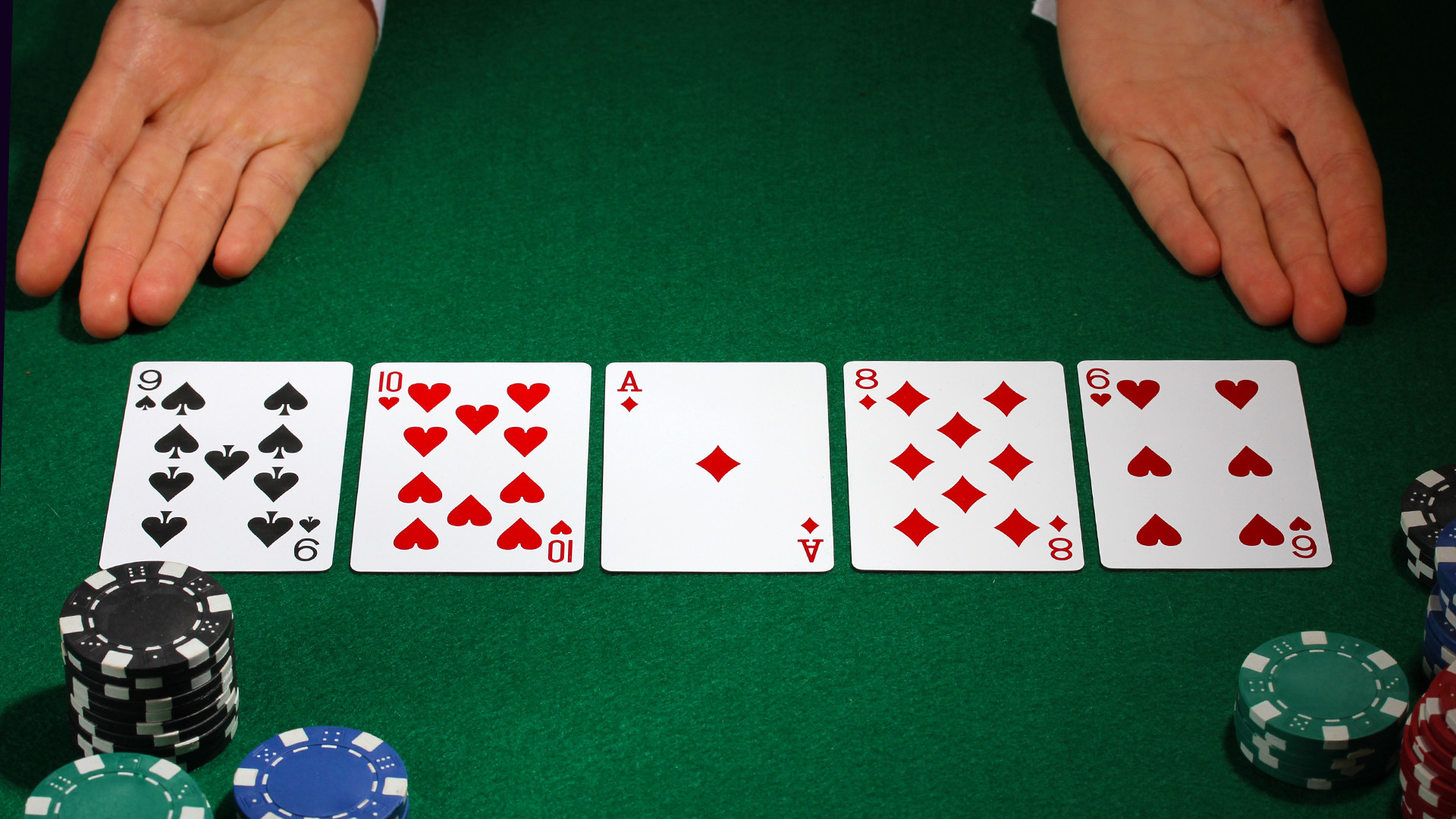
Ante Bets In Poker
If you were asked to list the most popular games at casinos online and offline, you would most likely find yourself rattling off poker straight away. It has been one of the biggest games in the world for centuries and remains probably the most iconic card game to have ever made waves in the world of popular culture. However, despite this popularity, many are still unclear on exactly what the game entails, especially when it comes to betting within it. In particular, many can come unstuck when they hear about ante bets.
In this guide, we will go through exactly what the ante bet is in poker and the rules for it, covering everything from the stage of the game you will find it in, to what will change based on the different kind of game you are playing.
What Are the Rules for Ante Bets in Poker?
So, first things first when it comes to poker ante bets, it’s probably best to define exactly what these words mean. Bets is obvious - it’s your stake on the outcome. However, ante might not be instantly as obvious. That’s because it’s a Latin word which translates to “before”. Therefore, this kind of bet could be known as the before bet.
That means that these bets are made prior to the cards being dealt. They are part of a group of bets known as the forced bets. This is because the player must put their chips in, even if it is a very small amount, for the game to begin. They are also then encouraged to continue placing bets and staying in the game to avoid losing the chips that they paid into the ante.
These chips are all collected together into the table’s pot and the winner has the chance to claim all of the other’s antes. The primary function of these bets is that they ensure that players who continually fold when they perceive their hands to be weak are punished for doing so and reduce the number of players who do so.
Ante Bet in Three Card Poker
While that is a fairly general overview of what the ante bet poker rules are, this doesn’t mean that it’s how these bets function in every different variant of the game. For example, three card poker is not really comparable to your typical Hold’em or five-card game. Instead, this game type is not actually played against other players or competitors, but a game that pits players directly against the dealer or house.
That means that the ante bet can’t function in the same way as a way of ensuring players don’t drop out of rounds at will. In this variant of poker, there are two bets that a player can place at the start of the game. One is the pairs plus bet, which is a bet that the player believes their hand will have a pair or higher for their hand. However, the ante bet in three-card poker is a bet against the dealer. It is the stake that suggests the player believes that their hand is going to trump the house’s. If the dealer shows their hand and it beats out the player's, the ante goes straight to the house.
Ante Bets in Five Card Stud Poker
In this version of poker, the ante functions in a much more similar way to the first outline of the rules. Players will put a fraction of the game’s overall big bet value into the pot as the ante before the cards are dealt to them. This begins the building of the pot and the winner of the round or hand will take the rest of the players’ antes from the table.
This again is to avoid players cutting loose from the game without any consequences in 5 Card Stud. After the ante and the cards being dealt, the players will be able to take part in the other betting options, such as the bring-in and the small bet.
Ante Bets in Seven Card Stud Poker
Now that we’re all the way up at seven card hands, you might be wondering exactly how the ante changes in this game style. The answer is that they’re fundamentally the same as the five card version. The ante comes before the first two hole cards are dealt to the players and acts as the players’ buy-in to get the game started.
Following this, the players can either continue into their next rounds of betting, including the big blind or raise, before more cards are dealt or the player makes the choice to fold. As with the other variants, folding results in the player losing their ante to the pot, which will then be won by one of those players who remain in the round.
Big and Small Blind Bets
You may have noticed that we mentioned blind bets, amongst some other options that will crop up throughout games. So, what exactly are the big and small blind bets in poker, and how do these relate to ante bets?
In games like Hold’em where one player is acting as the dealer, usually identified by a dealer button or chip, the player directly to their left will be known as the small blind before anyone has had the chance to see their cards. The amount of this bet will be defined as being half the small bet limit that has been chosen.
Directly to the left of the small blind, you will find the big blind. This player will, also prior to the cards being seen, place a bet that is equivalent to the amount of the lowest betting limit. That is, twice the amount of the small blind. This gets the pot started and the dealer and big and small blinds will rotate every round so that the entire table plays its part.